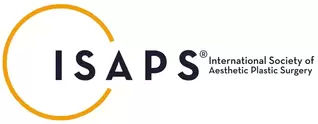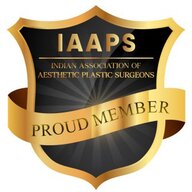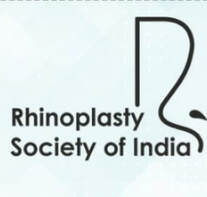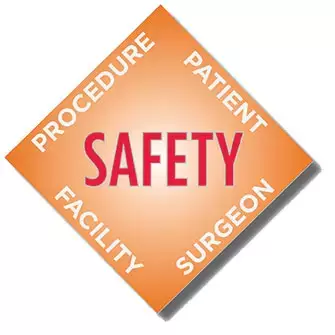|
What are keloids?
They are prominent scars which grow beyond the boundaries of the original wound. They can follow trauma, infection, burns or any other type of injury. What are the symptoms of keloids? They are commonly associated with the following, 1. Pain 2. Itching 3. Cosmetic deformity What causes keloids? The exact reasons are not known. It has been found to occur in all types of skin. It is less common among elderly. A tendency for keloid scarring is known to run in families. What are the most common sites of keloids? These include, 1. Ear lobes 2. Chest 3. Back 4. Jawline What are the treatment options for keloids? Large keloids are more difficult to treat when compared to smaller ones. The treatment options include, 1. Intralesional injection of steroids: These have to be repeated at regular intervals for improvement in appearance and texture. 2. Silicone sheet application: Silicone sheets have to be applied for prolonged periods. 3. Pressure garment: These can be applied with the help of a custom made garment. 4. Radiotherapy 5. Intralesional injection of 5 fluorouracil 6. Surgery The combination of more than one modality of treatment is advised in case of large keloids. Surgery is useful for debulking ( reducing the size ) a keloid. It has to be followed up with another modality like intralesional injections or use of pressure garment. What is the role of prevention? The possibility of keloid formation following surgery should be borne in mind in persons with a tendency for keloid formation. Measures such as the use of silicone sheet and pressure garment are advised early in the post operative period. To learn more about other types of scars, click here. A dimple is considered as cute by many. In some cultures, it is regarded a sign of good luck and prosperity. It results from a difference in the insertion of a cheek muscle into the overlying cheek skin. It can be found on one or both sides of a cheek. In case one does not have a dimple, it is possible to get one with the help of a short plastic surgery procedure. After the small surgery, the individual can soon return home. Creating a dimple begins with a consultation when the patient and doctor together decide on the location of the dimple. Once the position has been marked the doctor anesthetizes the site by injection of a local anesthetic. An incision is placed inside the cheek and a small bit of tissue is removed between the skin and the muscle. A dissolving stitch is used to tether the dermis of the cheek to the underlying muscle. The incision inside the mouth is closed with dissolving stitches. Medications are prescribed for the discomfort which may last for a few days. Antibiotics are advised for five days. Initially, the dimple is seen at rest. As the suture dissolves, the dimple becomes evident only during a smile. During this period scar tissue that forms between the cheek and the muscle is responsible for the dimpling. It is not possible to precisely control the depth of a dimple due to the presence of multiple factors that affect wound healing. In some cases, the dimple may be shallow and can be made deeper with the help of a revision procedure. It is difficult to undo a dimple once it has been created. This should be borne in mind before undertaking the procedure.
Blepharoplasty is the surgery of the eyelids. Depending on which lid is being treated it is referred to as upper or lower lid blepharoplasty. It is one of the more commonly performed cosmetic procedures of the face.
Our eyes are considered to be the most important aesthetic units of our face. They are considered as windows to our soul probably because they easily reflect our level of alertness, mood, and sense of well-being. The eyes are also subject to early signs of aging. These changes reveal as extra folds of skin in the upper lid which in some advanced cases can hamper our visual fields. This may be accompanied by loss of definition of the area immediately below eyebrows. The lateral corners of eyes may shift downwards giving rise to a tired appearance. Lower lid undergoes changes as a result of the loss of support of eyelid tissues. They may shift downwards with more display of the white below cornea. There may be baggy swellings of lower lid as a result of protrusion of fat around the eyes. The lower eyelid appears lengthened with an abrupt demarcation between lower lid and cheek. The youthful 'blending' of lower lid and cheek is lost with age. Blepharoplasty benefits those with aging changes of the eyelids. It is also undertaken for those who need an alteration of their prominent epicanthal folds. It can also be undertaken for individuals who desire an extra fold in the upper lid. Evaluation for blepharoplasty begins with a preoperative consultation when a patient indicates her concerns to the physician. Patients should come prepared to reveal details of the previous treatment of the eyes (for example, LASIK, use of contact lens) and systemic illnesses. The physician suggests treatment options based on changes present in the eyelids and neighboring structures. A consultation with an ophthalmologist is also arranged. The patient is advised to stop all forms of herbal supplements and blood thinners for two weeks before the scheduled procedure. Isolated blepharoplasty of the upper lid is usually carried out under local anesthesia with sedation. More extensive procedures involving the lower lid may necessitate general anesthesia for the comfort of the patient. The choice of anesthesia is decided in consultation with the anesthetist. Patient recovery is usually rapid and she can return home the same day or the next. Sutures are pulled out by the end of the first week. Swelling starts to subside after the first 36 hours. If the surgery involved a number of steps, the swelling may take longer to subside. Patients are usually presentable at the end of second to the third week. When properly executed, blepharoplasty is one of the most gratifying procedures in cosmetic surgery. It gives rise to alert and youthful looking eyes. To learn more about other facial plastic surgery procedures, click here.
Beauty may not be skin deep. But it is worthwhile having beautiful skin. These tips can help one look youthful and vibrant. So, what are they?
1. Sun protection: Sunlight is good for the body. It helps one to get vitamin D. But too much of exposure can damage skin. It can cause photodamage with early onset of wrinkles and sagging of skin. One should use protective clothing and shades. Sunscreen should be a part of daily skin care. It should not be limited to trips to the beach. Sunscreen must be applied 15 to 30 minutes before exposure to the sun. It must be reapplied in case an individual is under intense sunlight for a prolonged duration or else if it gets removed. 2. Do not smoke: Smoking reduces blood supply to the skin. There is a narrowing of small blood vessels which deliver nutrients. It also impairs the quality of components, like collagen and elastin fibers, which make up our skin. 3. Eat healthy diet: Nutrition obtained from a healthy diet helps in repair and rebuilding of skin. Food should contain fresh fruits, vegetables, and whole grains. 4. Regular exercise: Research has shown that exercise helps in reducing signs of aging in individuals who start exercising late in life. It also helps one retain a youthful skin as we grow older. The exact mechanism by which exercise contributes to youthful skin is not yet clear. 5. Gentle cleansing of skin: Prolonged bath with harsh soaps depletes the skin of essential oils. Use of mild cleansing agents is recommended. Moisturizers are good for skin. Especially, for individuals with dry skin.
About scars:
Scars are extremely common. Often they are minor and quite inconspicuous. But sometimes they can be a reason for considerable distress. Scars result from a perfectly normal process of wound healing. Wounds could be as a result of trauma, burns, acne or many other causes. Scars are composed of tissue which have different properties when compared to the native tissue it replaces. This leads to an alteration in appearance and function. Severe scars can end up with impaired function of the affected part. What determines the extent and severity of scarring? It depends on the severity of the injury. The wounds which are deep and take longer to heal usually end up as bigger scars. It also depends on an inherent scarring tendency of an individual. Some of us tend to get prominent scars with trivial trauma. Keloids are scars which grow beyond the boundaries of the original wound. Elderly tend to get better scars than younger individuals. Can anything be done for better scars? During wound healing steps taken to expedite the process helps. If a wound takes a long time to heal, the resultant scar tends to be more severe. Scars are living tissues which undergo remodeling. This leads to a change in dimension as well as appearance over time. A scar once formed can be modified with various surgical and nonsurgical methods. Various activities like massage, occlusion, use of pressure garment and application of silicone sheet help in obtaining more favorable scars. What is the role of injections in scars? Various agents like steroids are indicated in individuals with hypertrophic scars. Persons with hypertrophic scars have red and raised scars. Steroids act by modifying the remodeling of scars. These injections are often repeated at regular intervals. Platelet-rich plasma ( PRP) is a platelet concentrate obtained from autologous blood used in the treatment of acne and burn scars. They help by locally providing growth factors. What is the role of surgery in treating scars? The indications are either cosmetic or functional. Treatment options depend on the type of scars. Different factors are taken into account like pigmentation, contour abnormality, the presence of contracture and orientation of a scar in relation to neighboring landmarks. Various surgical treatments include scar revision, dermabrasion, excision and coverage with graft or flap. What can be expected with scar revision procedures? Better scars. When properly planned and executed they lead to a more pleasing appearance. Scars can not be totally eliminated. But it is usually possible to make them less noticeable. When can a scar be operated? Once the scars are mature and supple. But if there are significant functional problems, the patient may be advised to undergo an early correction. This is decided on a case to case basis. |
AuthorI like to keep it simple. CategoriesArchives
March 2024
Categories |
- Home
-
Cosmetic
- Fat grafting
- Swellings and moles
- Scar revision
- Leukoderma (Melanocyte transfer)
- Hair transplant
- Facial rejuvenation procedures
- Nose job (Rhinoplasty)
- Cleft lip nose correction
- Ear (Otoplasty)
- Lip reduction
- Breast augmentation
- Breast reduction
- Tuberous breasts
- Axillary breasts
- Gynecomastia
- Liposuction
- Brachioplasty (Arm contouring)
- Abdominoplasty (Tummy tuck)
- Female genital rejuvenation
-
Reconstructive
- Contact
- Blog
- Home
-
Cosmetic
- Fat grafting
- Swellings and moles
- Scar revision
- Leukoderma (Melanocyte transfer)
- Hair transplant
- Facial rejuvenation procedures
- Nose job (Rhinoplasty)
- Cleft lip nose correction
- Ear (Otoplasty)
- Lip reduction
- Breast augmentation
- Breast reduction
- Tuberous breasts
- Axillary breasts
- Gynecomastia
- Liposuction
- Brachioplasty (Arm contouring)
- Abdominoplasty (Tummy tuck)
- Female genital rejuvenation
-
Reconstructive
- Contact
- Blog
You can leave us a comment using the contact form below.
We shall get back to you at the earliest.
We shall get back to you at the earliest.
Links
- Face procedures | Rhinoplasty, Otoplasty, Lip reduction, Fat grafting
- Body procedures | Gynecomastia , Breast reduction, Abdominoplasty, Brachioplasty, Liposuction
- Skin procedures | Scar revision, Moles, Leukoderma surgery
Let's be friends !
Follow us at Facebook and Twitter.
Follow us at Facebook and Twitter.
Vectors designed by Freepik
© 2024 Amicus Clinic (Plastic Surgery Centre, Trivandrum). All rights reserved.
© 2024 Amicus Clinic (Plastic Surgery Centre, Trivandrum). All rights reserved.
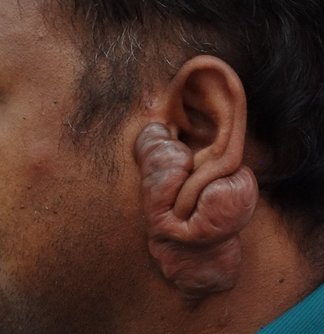
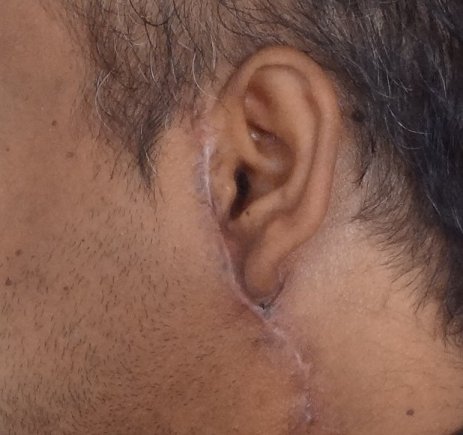
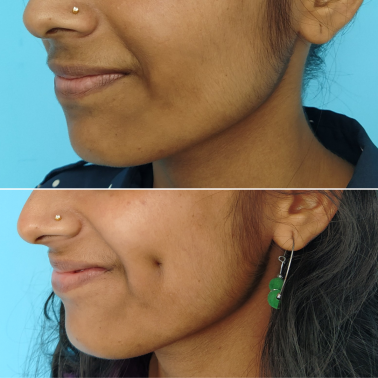
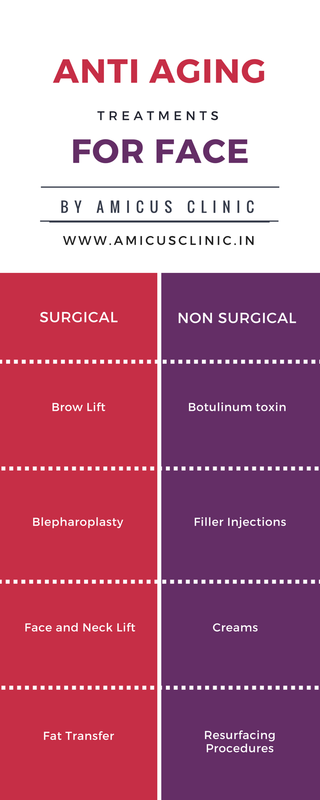
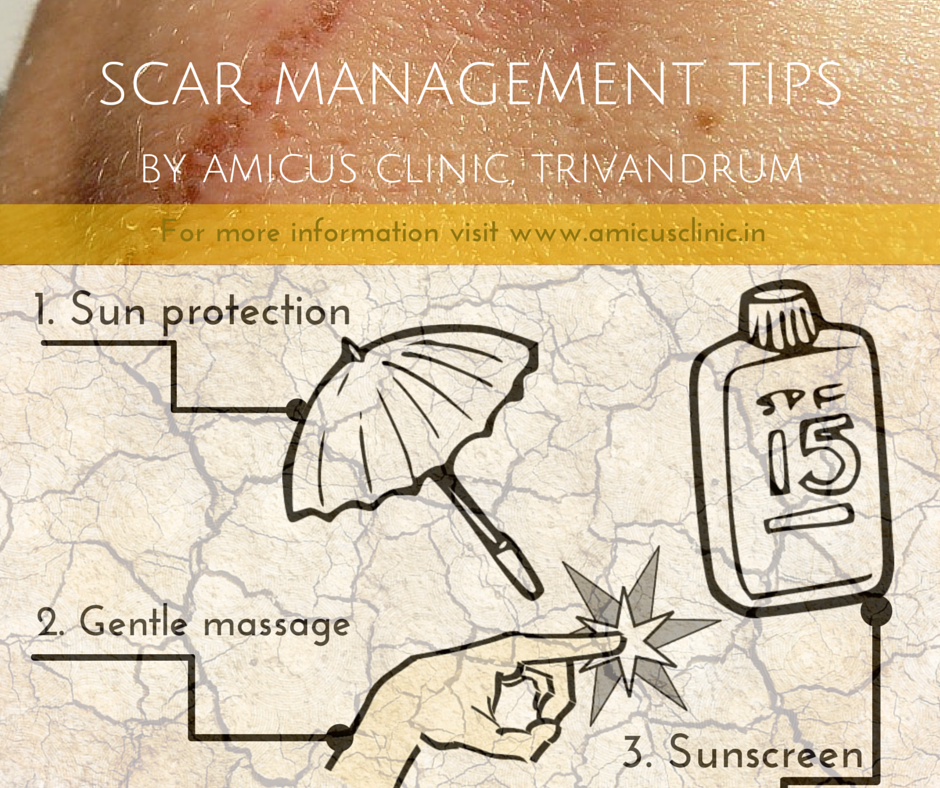
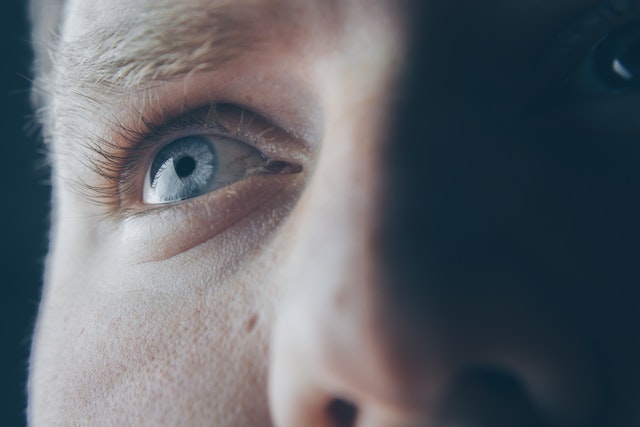
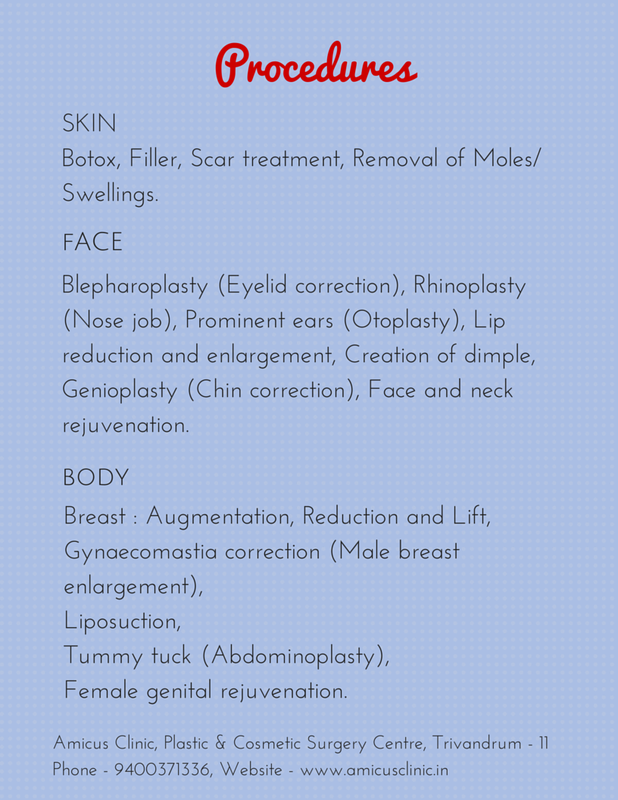
 RSS Feed
RSS Feed
